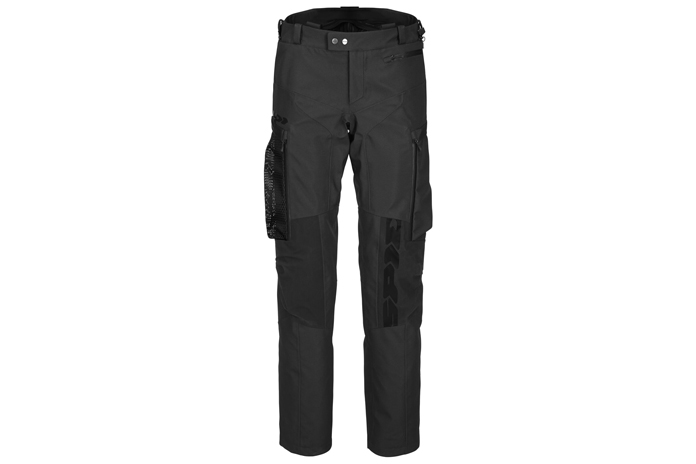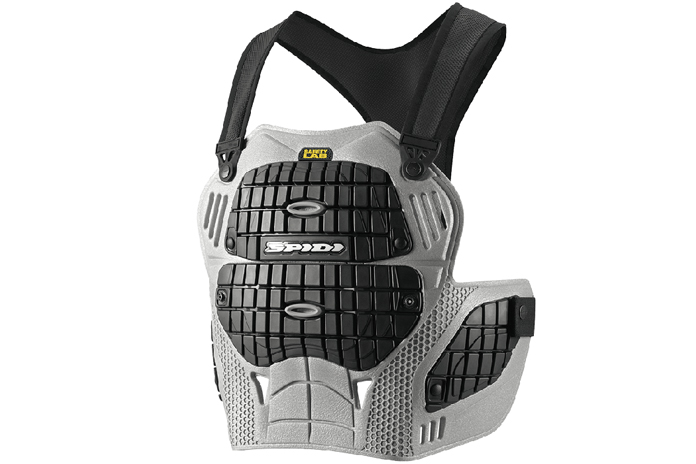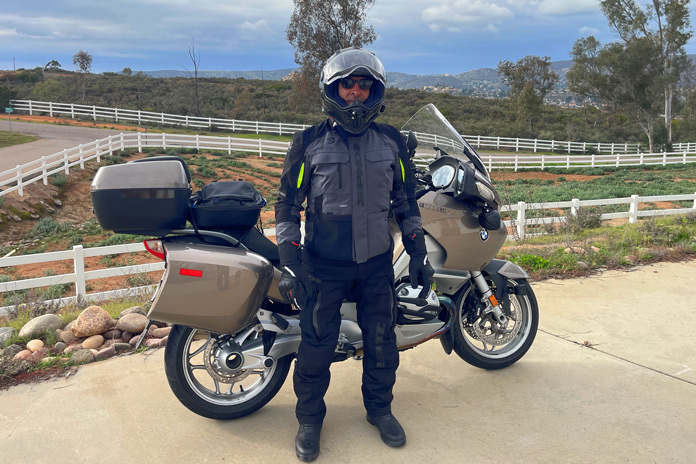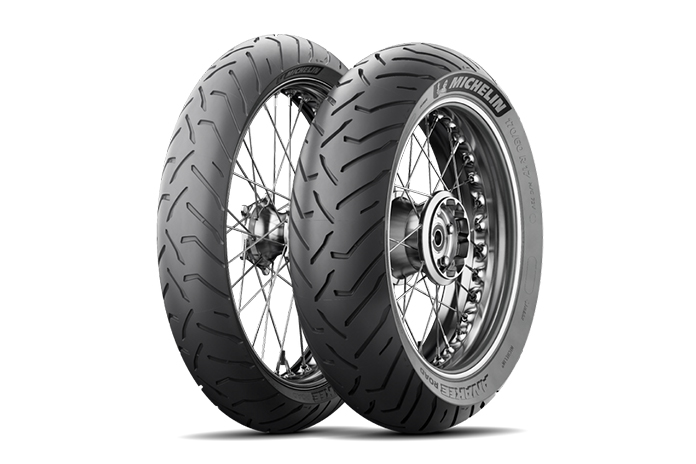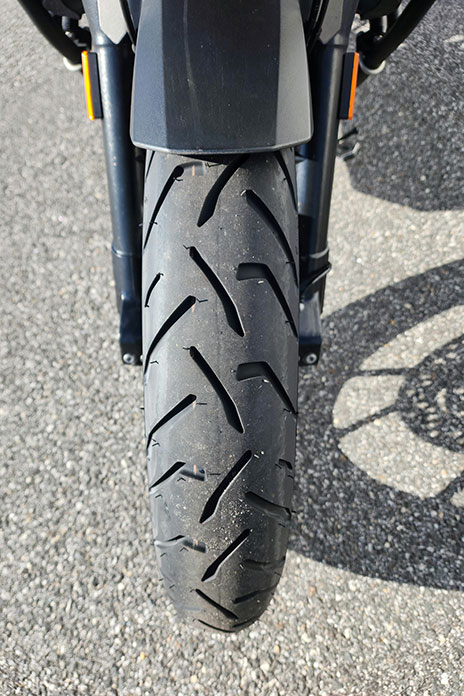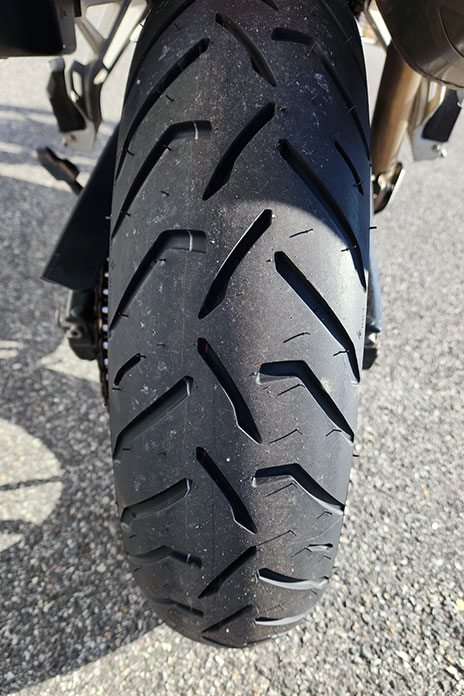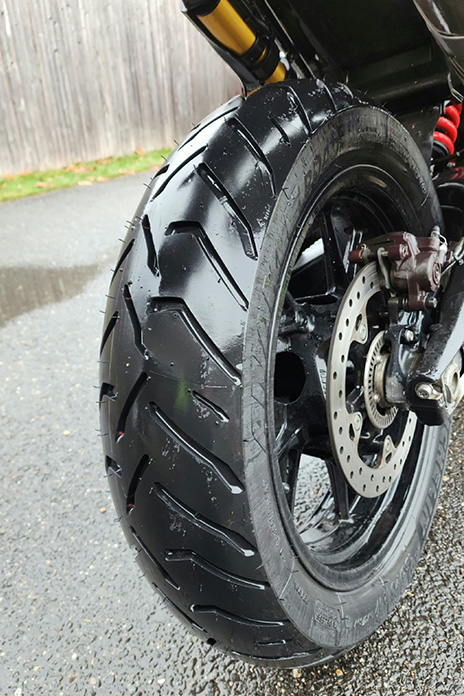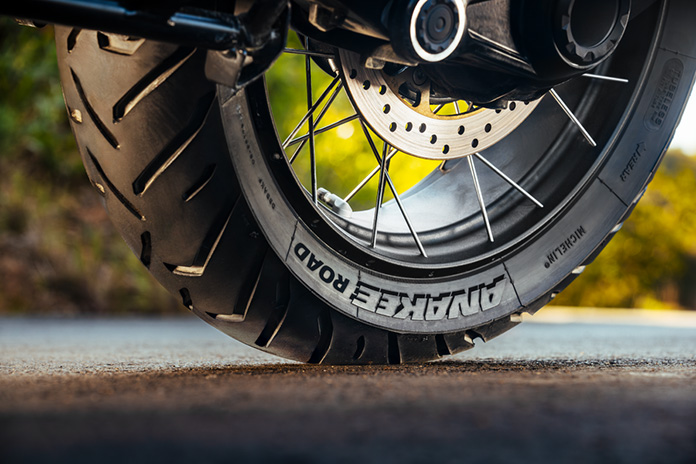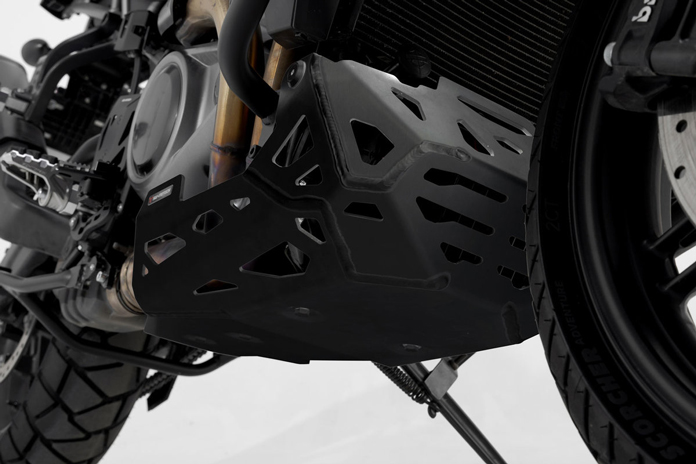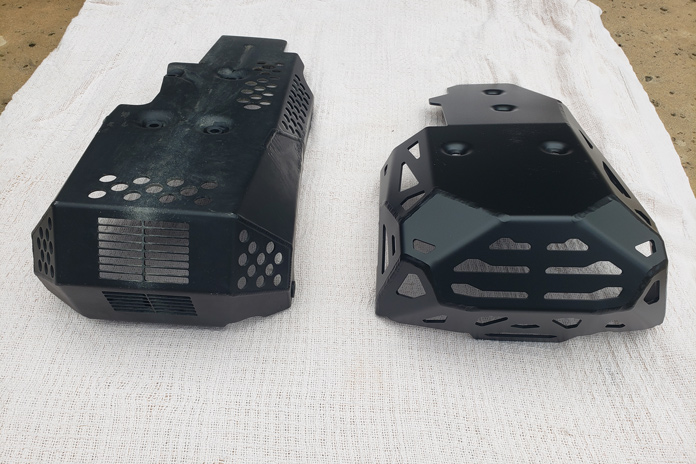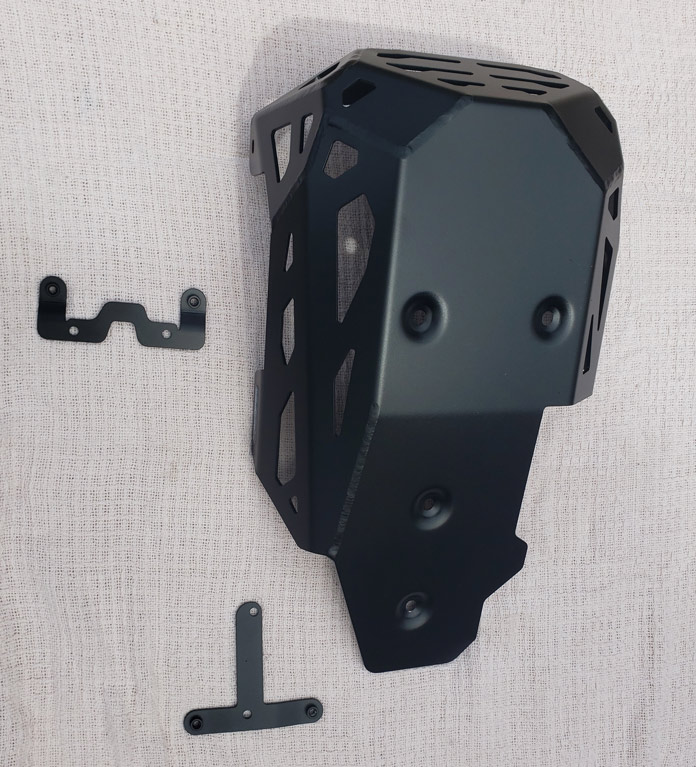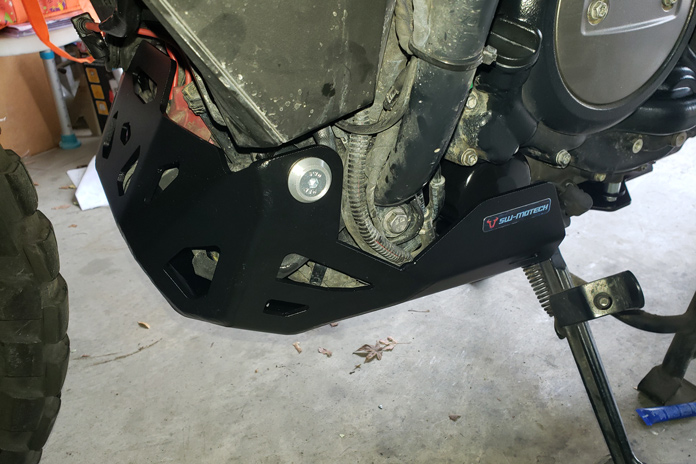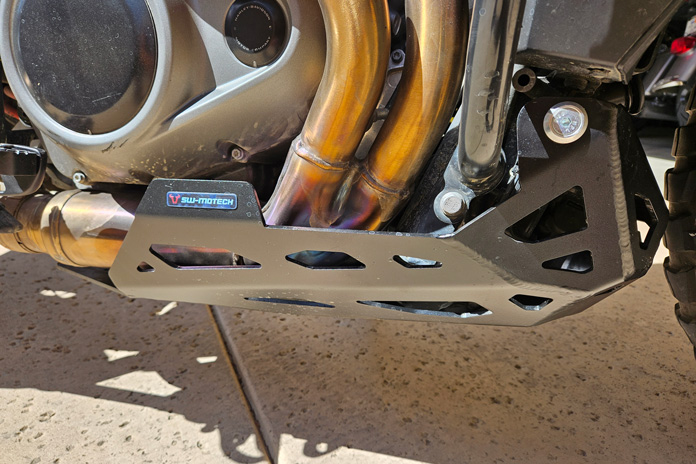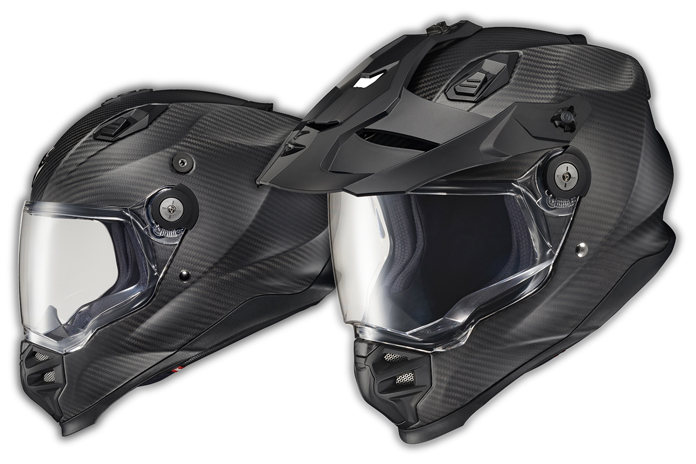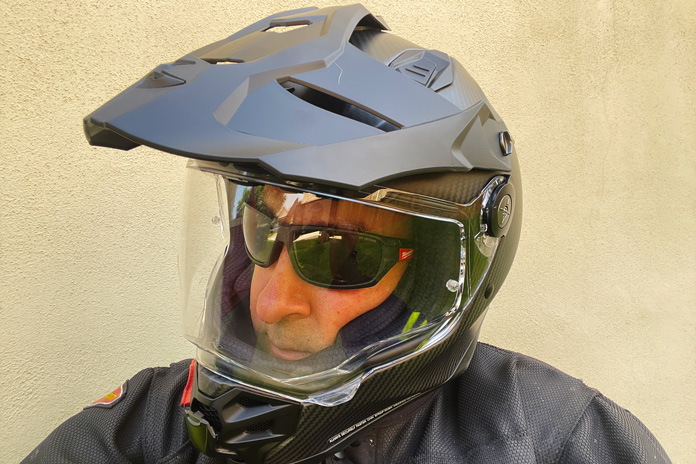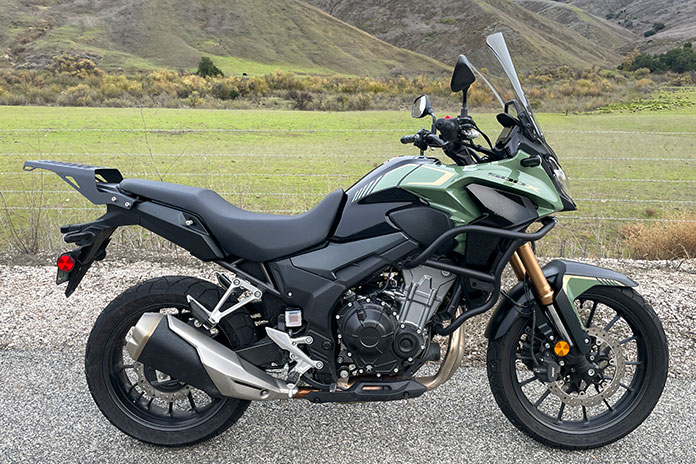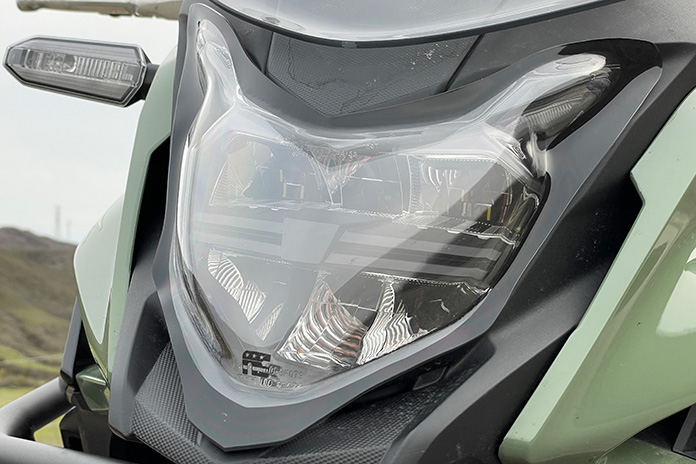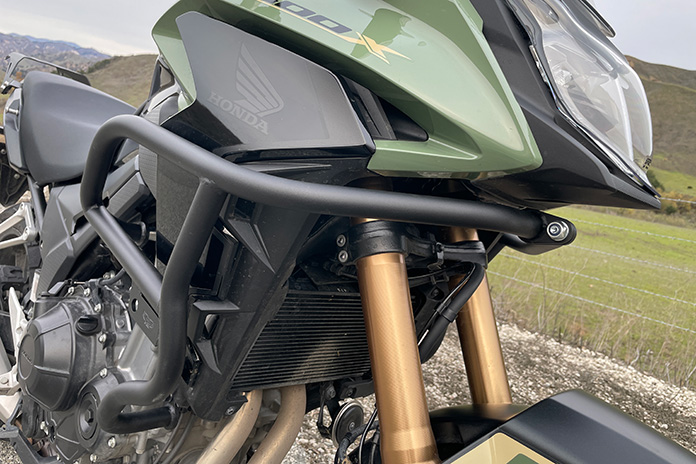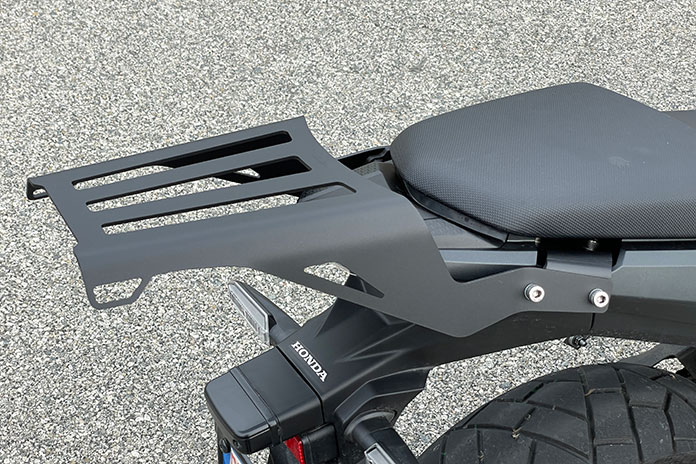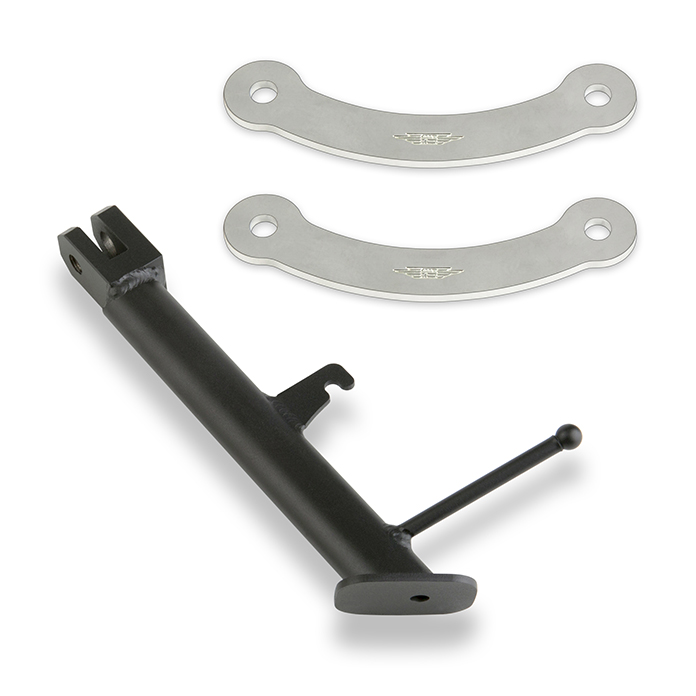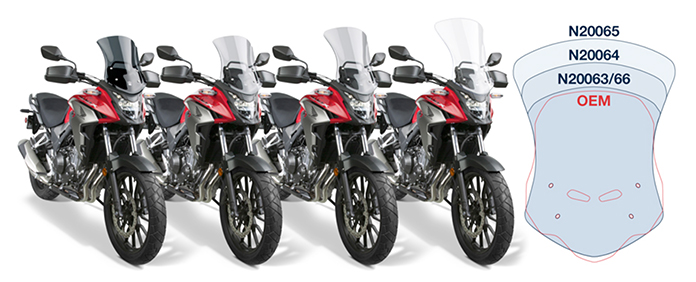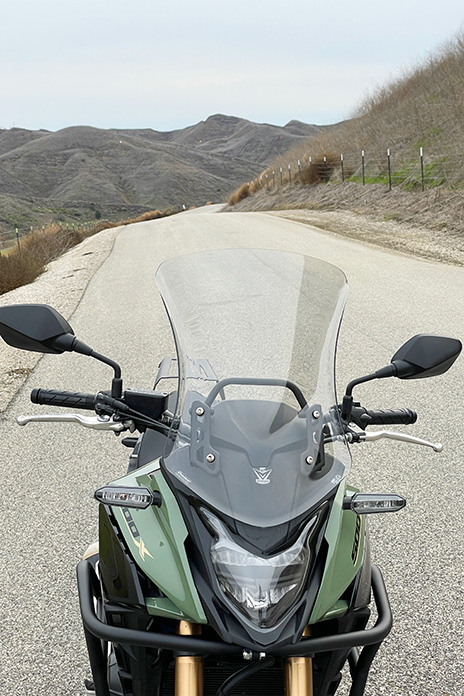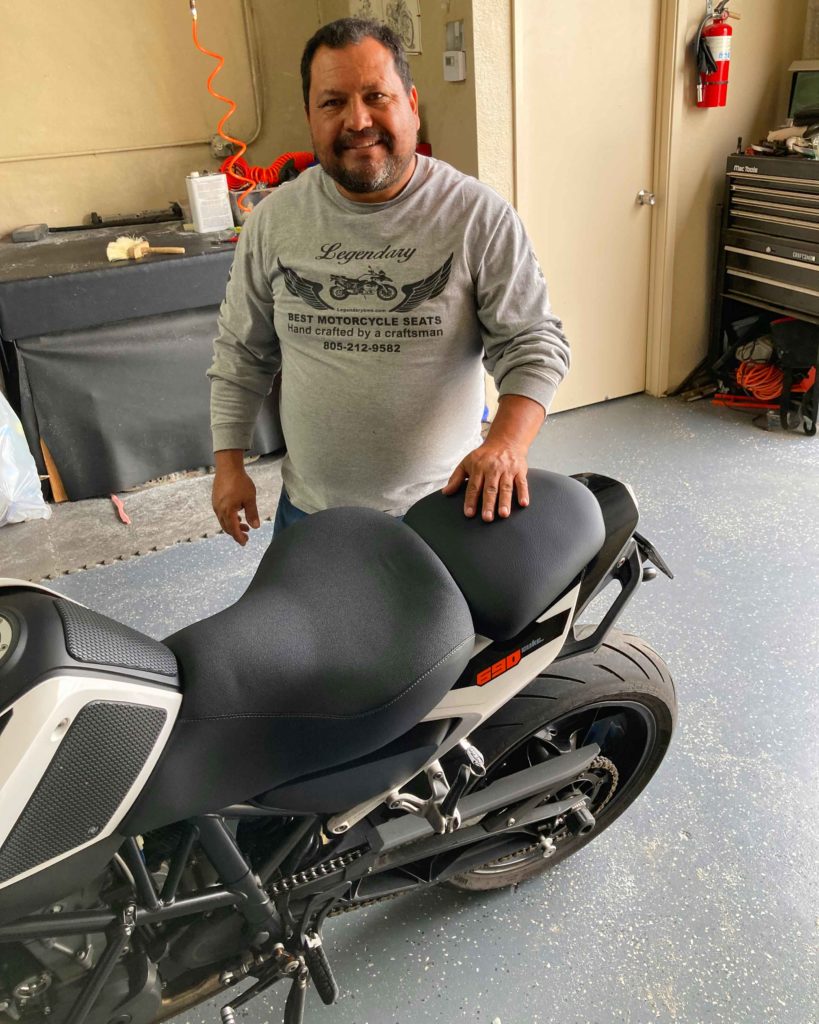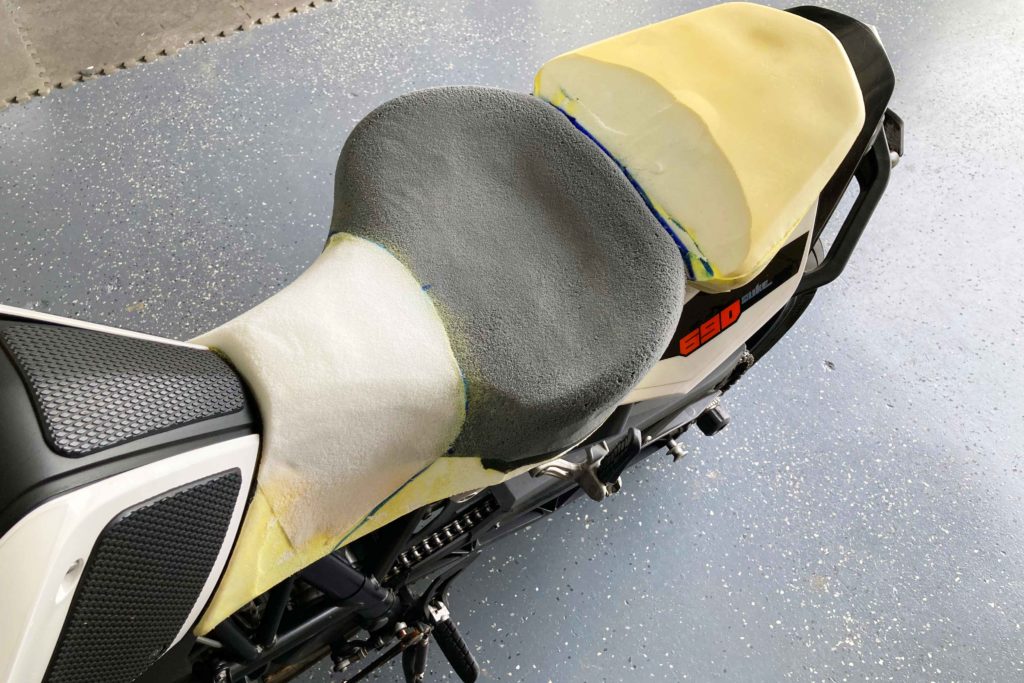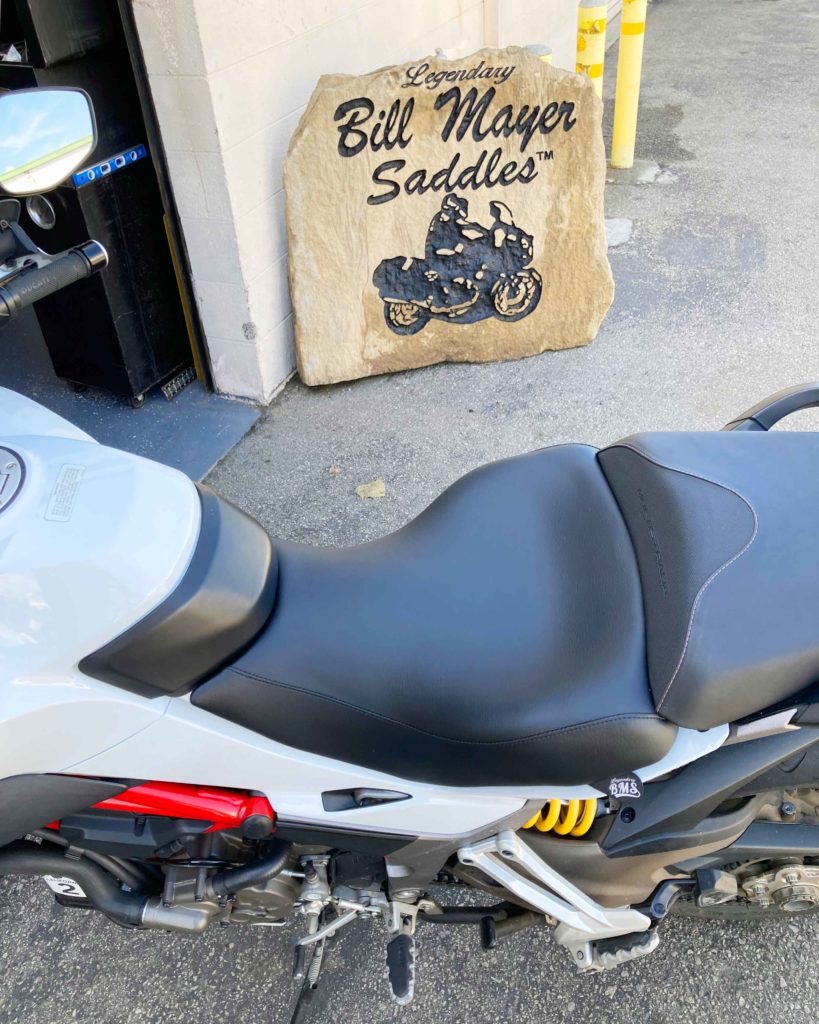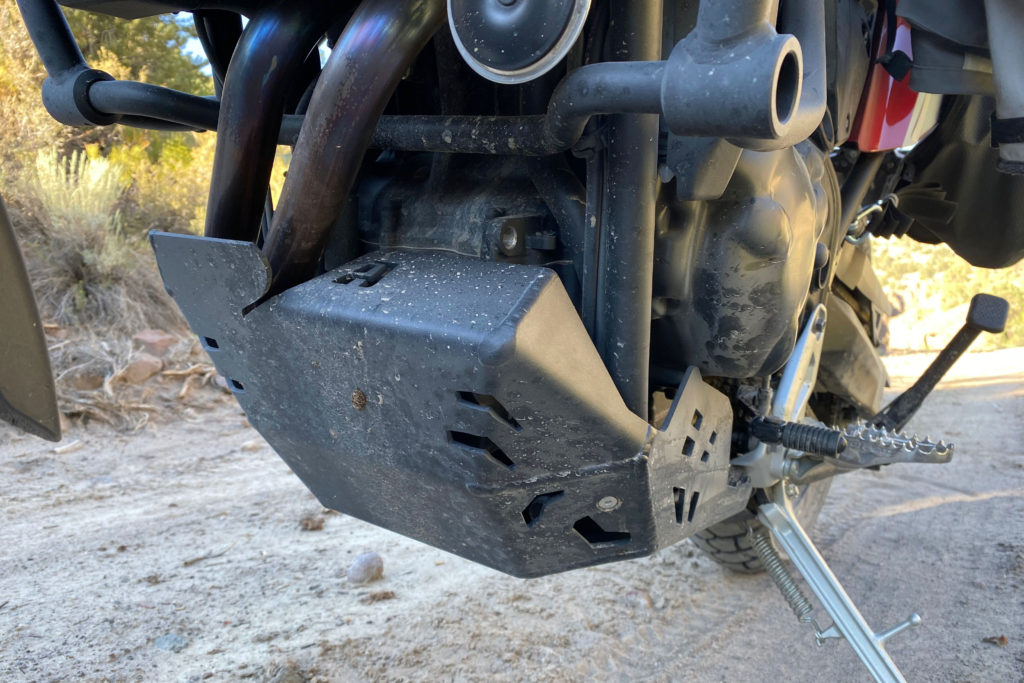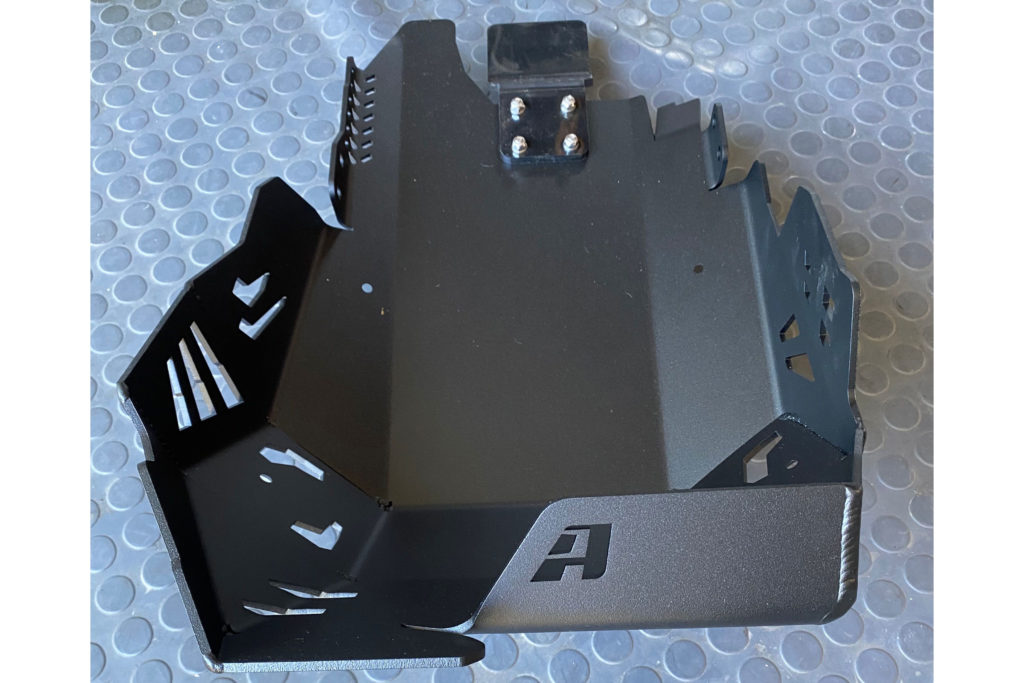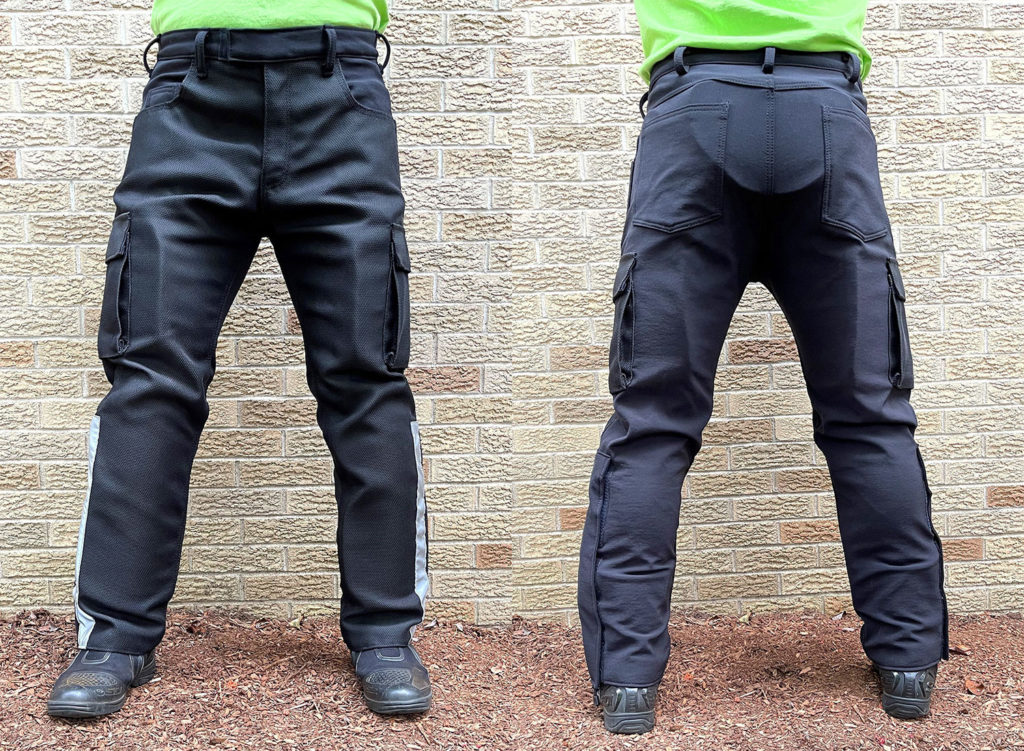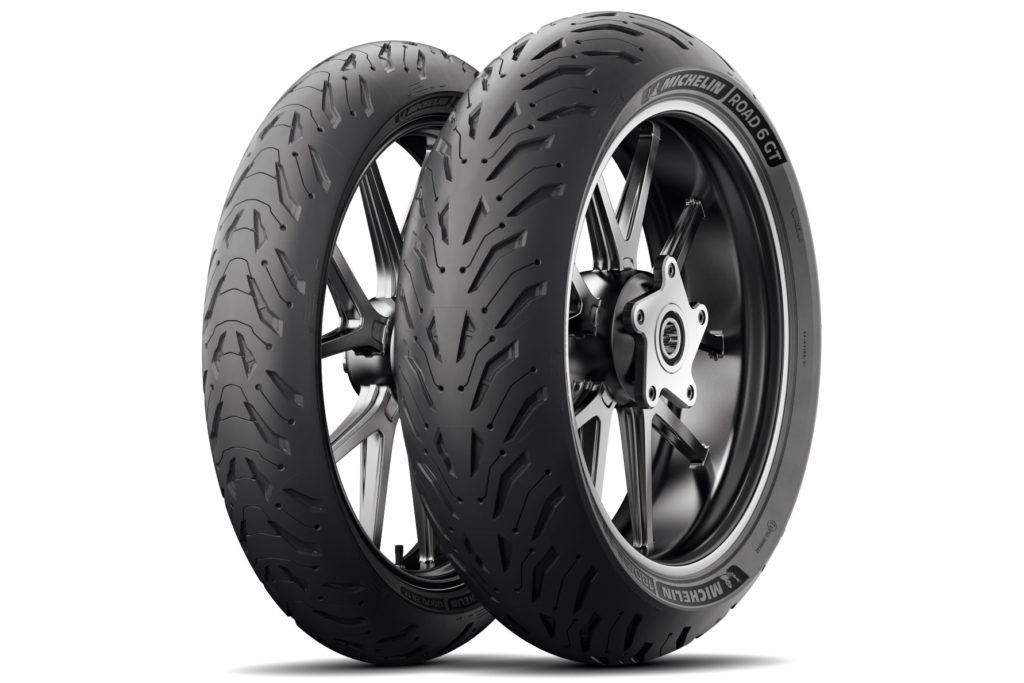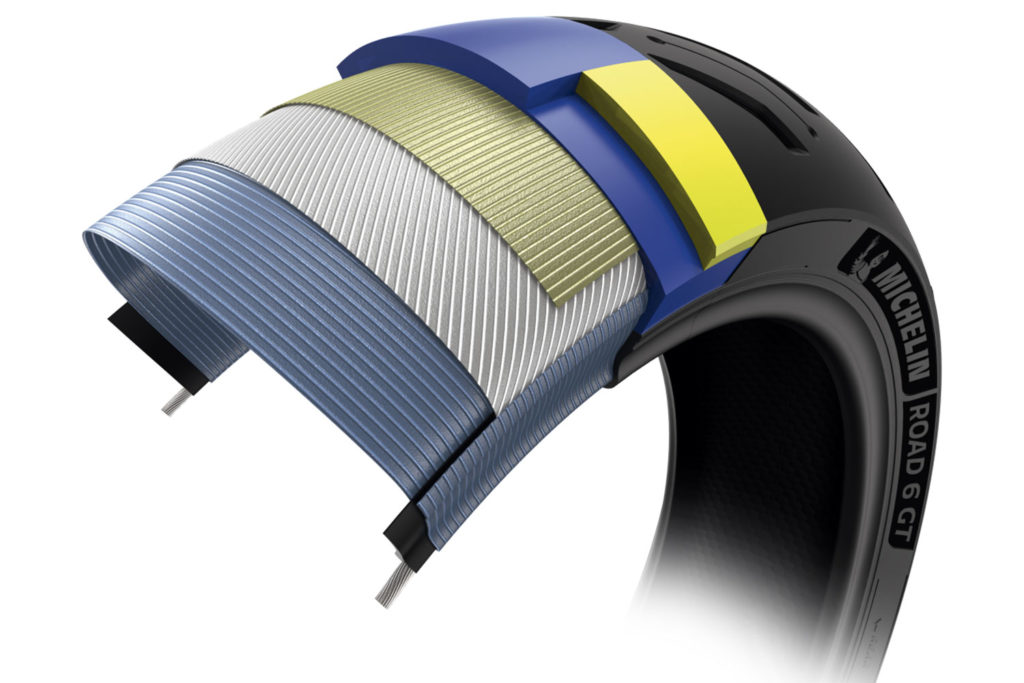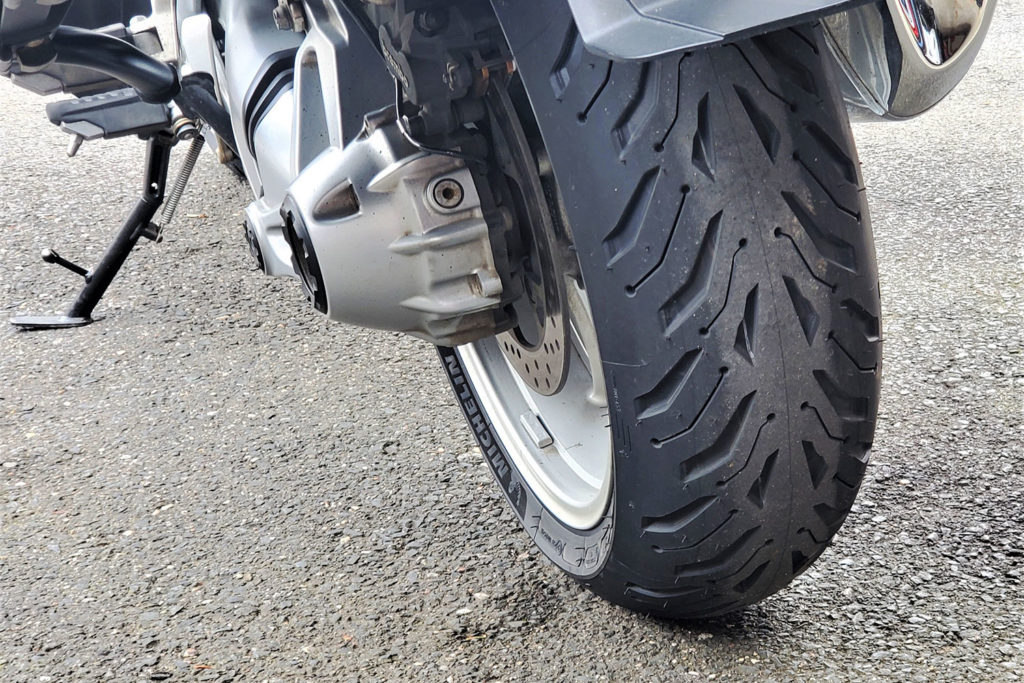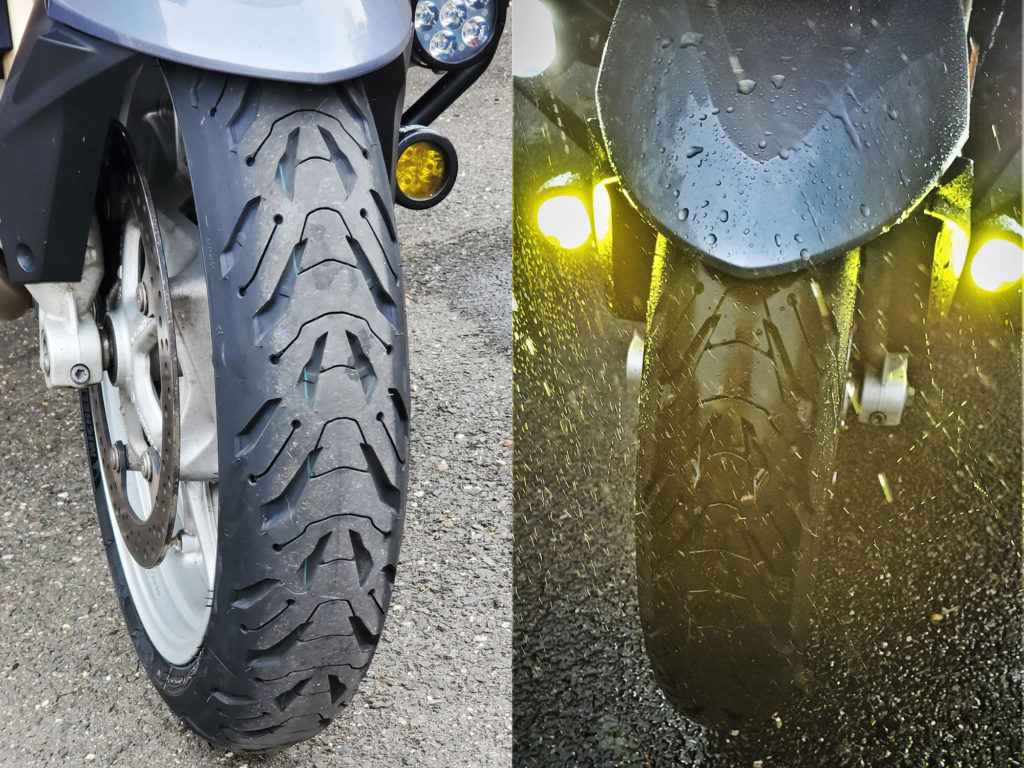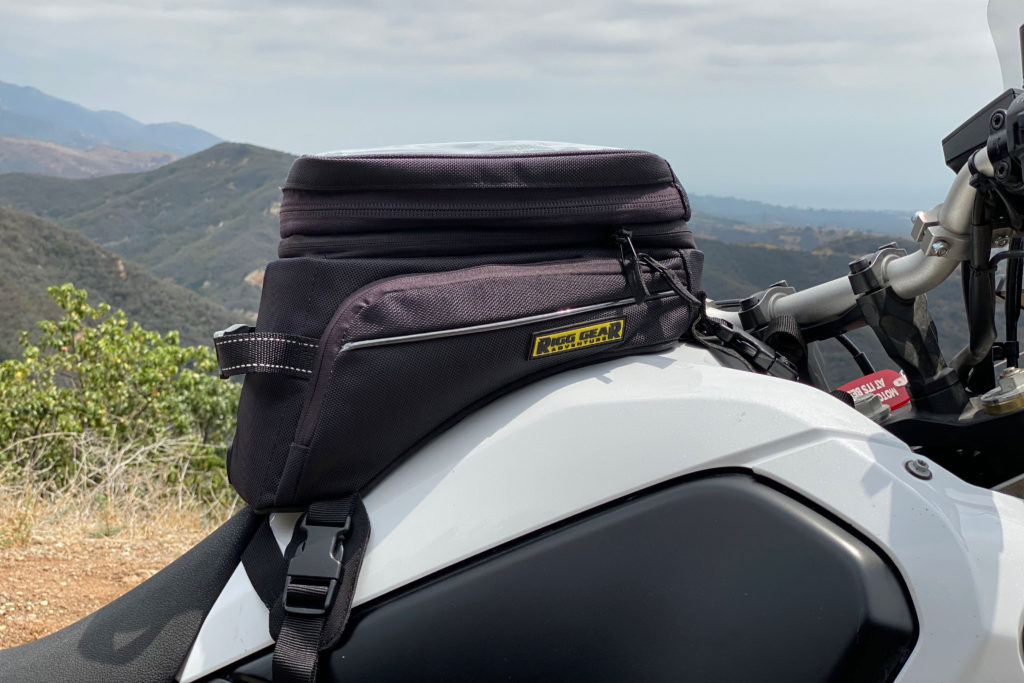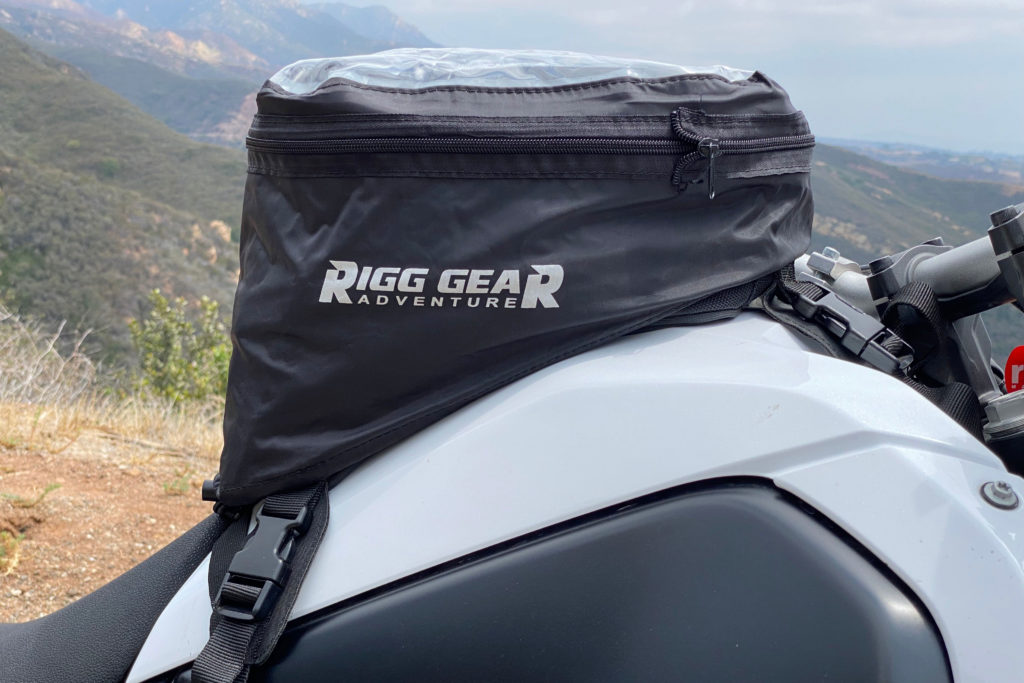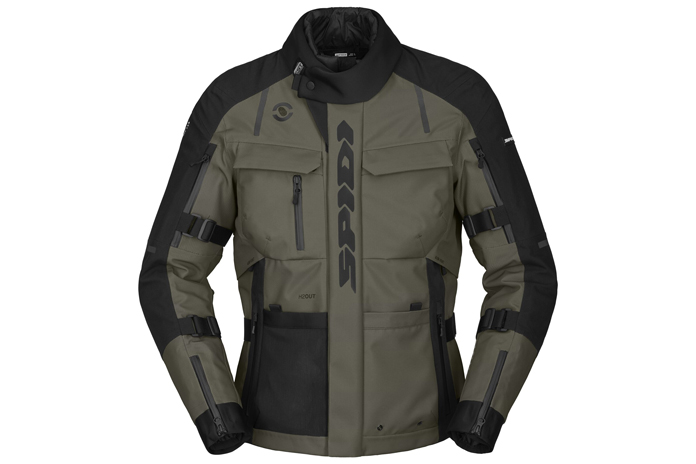
The Spidi Tour Evo 2 Motorcycle Suit promises three-season, foul-weather functionality for the discerning on-road tourer or commuter. After riding in it for a few months, including a 3,000-plus mile winter tour of the Southwest U.S., I can report that it delivers!
The jacket’s waterproof/windproof/breathable exterior shell is comprised of rugged Cordura fabric interspersed with 3D and Tactel fabrics. For storage, there are two waterproof chest pockets, two waterproof hand pockets, and two additional front pouches, as well as one enormous pouch on the lower back. The collar is soft neoprene and hosts a snap button whose position can be adjusted via hook-and-loop. All zippers are rubberized for weather protection, and fabric lanyards are included on exterior zippers for easier gloved operation. The matching pants feature the same materials and construction, include two pockets on the thighs, and zip to the jacket.
The suit’s interior consists of a fixed polyester mesh lining and hook points for armor or Spidi’s optional “Step-In Wear” line of base and mid layers. Both jacket and pants include removable insulated liners, and the jacket liner can be worn by itself.
On the jacket, Spidi’s CE Level 2 “Warrior Lite” armor is standard at the shoulders and elbows, while back and chest armor is optional. I outfitted the basic package with the optional Warrior CE Level 2 back protector and the optional “Thorax Warrior” thoracic protector. The pants are equipped with EN1621-1 Level 2 armor at the hips and knees.
The cut and styling of the suit lives up to its European pedigree, namely understated yet sophisticated, with subdued branding throughout. Reflective material is present on the front, sleeves, and rear of the jacket, as well as the side of the pant legs.
Venting, too, is plentiful. The jacket features large vents along the front and rear biceps and laterally around the torso, and when open, a bright green fabric emerges as a visual cue to zip up if storm clouds are ahead. The pants have vents running about 10.5 inches down each thigh. Adjustment points are numerous. The pants even include a set of removable suspenders.
I’ve used this suit during commuting, pleasure riding, and a 3,000-plus mile tour of the American Southwest, where we encountered temps ranging from 28 to 84 degrees. With its insulating layers and a plethora of Spidi’s optional base layers to choose from, the Tour Evo 2 is the perfect suit for winter applications. However, above 82 degrees, even with the vents wide open and the insulation liners removed, most riders will be reaching for dedicated summer mesh gear.
With this hot-weather limitation in mind, the Tour Evo 2 is one of the most versatile motorcycling suits on the market today. It survived many a full day’s riding in torrential winter downpours without letting in a drop of water or the slightest draft of wind. The Cordura material and all snaps, adjustment straps, and zippers are wearing like iron, and I have no doubt that at least 5-10 years of hard use can be expected in daily commuting duty.
Cons are few: The jacket’s main zipper terminates a full 2.5 inches above the bottom of the jacket, and while some distance is warranted (so the jacket can “split” as the rider sits), this seemed excessive and made zipping up difficult. The pants feature a right-thigh storage pouch that’s sealed with hook-and-loop, but the abrasive hook half faces the rider’s thigh so that the back side of the rider’s hand gets scraped when reaching into the pouch.
Overall, the Spidi Tour Evo 2 Motorcycle Suit is one of the finer European-style riding suits available today, and it should definitely be on the serious foul-weather rider’s short list. Available in sizes M-4XL, the jacket is priced at $749.90, and the pants are priced at $599.90.
The post Spidi Tour Evo 2 Motorcycle Suit Review | Gear appeared first on Rider Magazine.
Source: RiderMagazine.com

